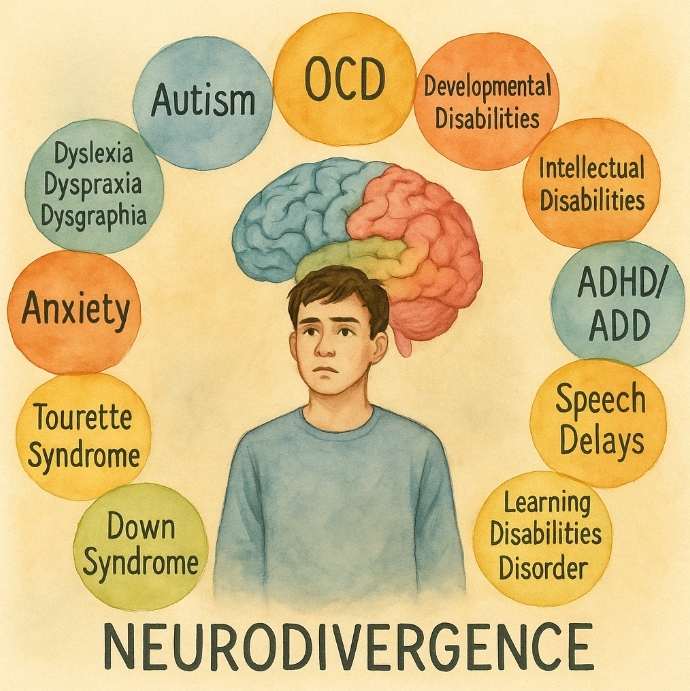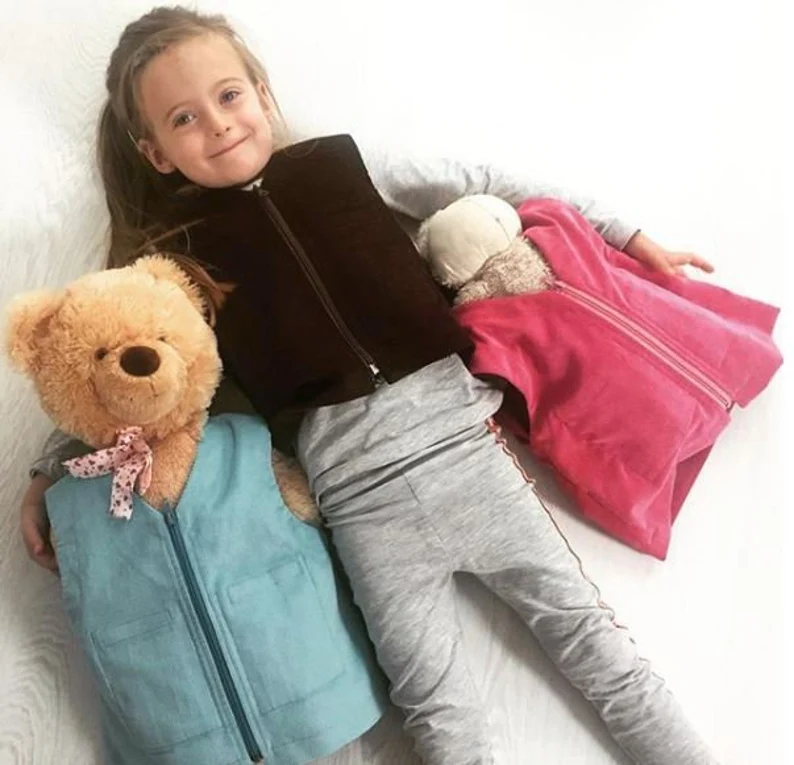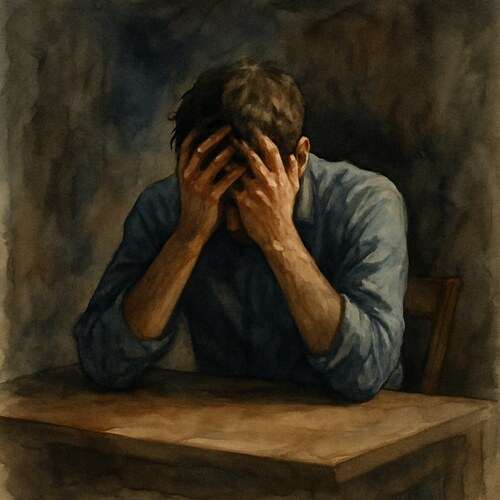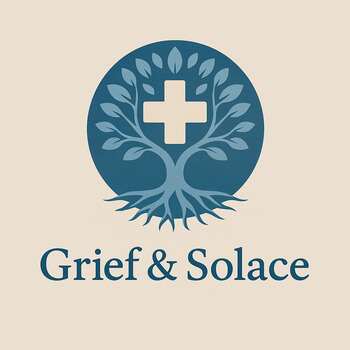Grieving Neurodivergence: Mourning the Battles the World Refuses to See
Grief with Neurodivergence Autism Spectrum Disorder (ASD) is layered, mourning the misunderstandings, the lost chances, and the quiet exhaustion of surviving in a world not built for you.

This post blends real grief with grounded knowledge. It isn’t clinical. It isn’t distant. It’s meant to sit beside you—not above you. The story you’ll read is meant to reflect what so many feel when living through or witnessing this condition: confusion, exhaustion, and quiet forms of courage.
If what you read feels familiar, please speak with your doctor. Your pain deserves more than silence.
He Wasn’t Broken—The World Just Didn’t Know How to Hold Him
He arranged his toys in neat rows. Not by color, not by type, but by something entirely his own…a logic that made sense only to him.
Where we saw chaos, he saw a design. A pattern. Precision.
Yet, for others? Their perspective varied. And that difference seemed to unsettle them more than it should have.
He didn’t speak until he was four. Not with words, but through echoes, gestures, and the way he’d gently tap the corner of the table when calm. He spun in circles when the noise of the world became overwhelming.
🧠 Symptoms:
social communication and interaction:
– Difficulty responding to name or showing interest in others
– Avoids eye contact and prefers solitude
– Limited use of facial expressions or body language
– Delayed or absent speech and language development
– Repetitive use of language without understanding context
– Difficulty with conversation (starting, maintaining, or understanding)
– Challenges recognizing emotions in self or others
– Trouble interpreting nonverbal cues (e.g., tone, posture, facial expressions)
– Unusual tone or rhythm of voice (e.g., singsong, robotic)
– Difficulty with pretend play or shared interests
We were advised to worry, urged to intervene, and told to “fix” him before it became “too late.”
So, we followed their suggestions…flashcards, therapies, and rewards for eye contact and small talk.
But with every attempt to alter him, he dimmed. He folded inward, ceased humming, and stopped dancing in his own unique rhythm.
It dawned on us that he wasn’t failing to connect with the world; the world was failing to connect with him.
Thus, we unlearned what we had been taught. We abandoned the chase for “normal” and instead pursued understanding.
He disliked birthday parties, so we organized quiet celebrations. He flinched at hugs, leading us to express “I love you” across space instead of with a squeeze. Crowds unsettled him, yet he could identify every type of cloud in the sky.
Complications:
– Learning difficulties or uneven skill development
– School and workplace challenges
– Social isolation and peer difficulties
– Sensory overload and meltdowns
– Anxiety, depression, OCD, or ADHD co-diagnoses
– Sleep issues and gastrointestinal problems
– Risk of bullying or victimization
Causes:
– No single known cause
– Genetics play a strong role (inherited and spontaneous mutations)
– Associated syndromes include Rett syndrome, fragile X
– Potential environmental factors (e.g., pregnancy complications, pollutants)
– NO link between vaccines and autism (debunked and retracted studies)
He didn’t share laughter at our jokes, but he found joy in ceiling fans, the way light danced through window blinds, and when I read The Very Hungry Caterpillar in an exaggerated monster voice.
One day, his school called us in. They said he wouldn’t sit still, claimed he didn’t interact with the other kids, and mentioned he refused group work while asking “too many questions.”
We smiled and replied, “He’s not here to blend; he’s here to simply be.”
Autism didn’t diminish him; it shaped him differently. Once we stopped trying to mold him, we discovered the beauty of his design and the strength of his structure. His mind illuminated paths we could not tread but could genuinely admire.
He isn’t lost. He isn’t less. He’s merely a frequency this world hasn’t tuned into yet.
But we’re learning. We’re listening.
And he continues to communicate…more clearly than ever.
“Memory doesn’t die all at once. It drips. It slips. Until only love is left—and even that forgets its name.”.
Risk Factors:
– Sex: ASD is ~4x more common in boys than girls
– Family history of autism or related traits
– Certain genetic disorders (e.g., fragile X, Rett, tuberous sclerosis)
– Premature birth (before 26 weeks gestation)
– Older parental age (potential increased risk)
behavior_patterns:
– Repetitive movements (hand-flapping, rocking, spinning)
– Strong need for routines; distress with small changes
– Hyper- or hypo-sensitivity to sensory input (light, sound, textures)
– Intense fixation on specific topics or objects
– Limited food preferences or sensory-based eating habits
– Self-injury behaviors (e.g., head banging, biting)
– Coordination issues or unusual gait (e.g., toe-walking)
– Deep focus on parts of objects (e.g., spinning wheels)
📘 Diagnosis & Treatment
diagnosis:
– Based on behavioral observations and developmental history
– No definitive medical test; requires clinical evaluation
– Tools include:
– DSM-5 criteria
– Autism Diagnostic Observation Schedule (ADOS)
– Speech/language and occupational assessments
– Genetic testing if syndromic suspicion exists
red flags (before age 2):
– No smiling or joyful expression by 6 months
– No babbling by 12 months
– No gesturing (e.g., waving, pointing) by 14 months
– No words by 16 months
– No two-word phrases by 24 months
– Loss of skills at any age
treatment:
behavior communication therapy:
– Applied Behavior Analysis (ABA)
– Social skills training
– Speech therapy (communication)
– Occupational therapy (daily tasks, sensory issues)
– Physical therapy (motor coordination)
– Developmental and relationship-based models
education support:
– Early intervention programs (preschool and home-based)
– Individualized Education Plans (IEPs)
– Highly structured teaching environments
– Behavior reinforcement systems
medications:
– No cure, but may help manage symptoms:
– Antipsychotics (for aggression, self-injury)
– Stimulants (for ADHD symptoms)
– SSRIs (for anxiety or mood)
– Monitor interactions with other supplements or therapies
family and caregiver support:
– Parent training programs
– Sibling support
– Respite care services
– Case management and advocacy resources
alternative complementary:
– Art or music therapy (to support emotional expression)
– Animal-assisted therapy (e.g., equine, service dogs)
– Sensory integration therapy (limited evidence but sometimes helpful)
– Always vet alternative options for safety and evidence
dangerous unproven therapies (not recommended):
– Chelation therapy (potentially fatal)
– Hyperbaric oxygen treatments (not FDA approved for ASD)
– IVIG (no evidence of efficacy)
– Restrictive diets or extreme supplements (risk of malnutrition)
coping and life planning:
– Build a trusted care team: developmental pediatricians, therapists, educators
– Monitor milestones and support emotional needs of caregivers
– Plan for adult transition (education, work, housing, legal guardianship if needed)
– Long-term: focus on autonomy, self-expression, and dignity
I know this is heavy, and I understand that the road ahead may feel like a tangle of loss and unanswered questions. But please hear this: you are not broken because you are hurting; you are not weak because you are afraid. You are living through something real, and survival itself is a kind of grace. You are allowed to struggle, you are allowed to hope, and you are allowed to not have all the answers today. Whatever comes next, you do not face it empty-handed; you carry every moment of love that shaped you, and that will always be enough to keep going.
🎀 Gifts to help With Neurodivergence Autism Spectrum Disorder (ASD)
🏥 Everyday Comforts for Everyday Battles
Managing Neurodivergence often means needing a little extra help.
Sometimes it’s about restoring dignity, ease, or simply getting through the day with less pain.
These carefully chosen tools aren’t just items; they’re small bridges back to living.
This section is about finding practical support, never shame.
Compression Vest with Adjustable Pressure – Grounding for a Nervous System That’s Always Too Alert
For many autistic people, the world feels like a constant assault on the senses. This adjustable compression vest offers deep, calming pressure to help reduce sensory overload, anxiety, and meltdowns. Discreet enough for daily wear and customizable for each body’s comfort level. Not to suppress stimming—but to offer another way to self-regulate, softly.
🌿 Paths to Healing Beyond the Map
Sometimes traditional medicine isn’t enough.
If you’re exploring gentle, alternative options to help with Neurodivergence,
you might find comfort in plant-based compounds like **CBD or CBG**.
*This section is not medical advice, just a door left open.*
Your Title Goes Here
Autism isn’t a problem—it’s a different pattern of perception. But that doesn’t mean it’s easy. This Total Pack blends CBD, calming botanicals, and nervous system support to ease sensory overload, regulate mood swings, and help with emotional recovery after high-stimulation days. No sedation. No silencing. Just space to breathe.
Need a Different Path Forward?
Every journey through grief looks different. Choose the next step that speaks to where you are now:
When You're Ready to Start Healing
Healing doesn’t mean forgetting.
It means finding small ways to carry your grief with strength and grace.
These are the stories, tools, and gentle steps to begin walking forward…at your own pace.
When You're Still in the Thick of It
Sometimes healing feels like a lie.
If you’re not ready to move on…if the pain still roars louder than the world wants to hear…this is the place where you’re allowed to feel it.
No sugarcoating. No pretending. Just truth.
When You're Holding on to Who’s Still Here
Grief reminds us to love louder.
If someone you love is still with you, this is your place to celebrate them, honor them, and create new memories while there’s still time.
Joy and sorrow can live side by side.






